Some cars just don’t move—literally or off the lot. Whether it’s outdated design, uninspired performance, or a price tag that doesn’t match the package, these models tend to linger in showrooms like they’re on a lunch break. This list covers eight cars that dealerships can’t seem to get rid of, no matter how many rebates they throw at them.
Mitsubishi Mirage
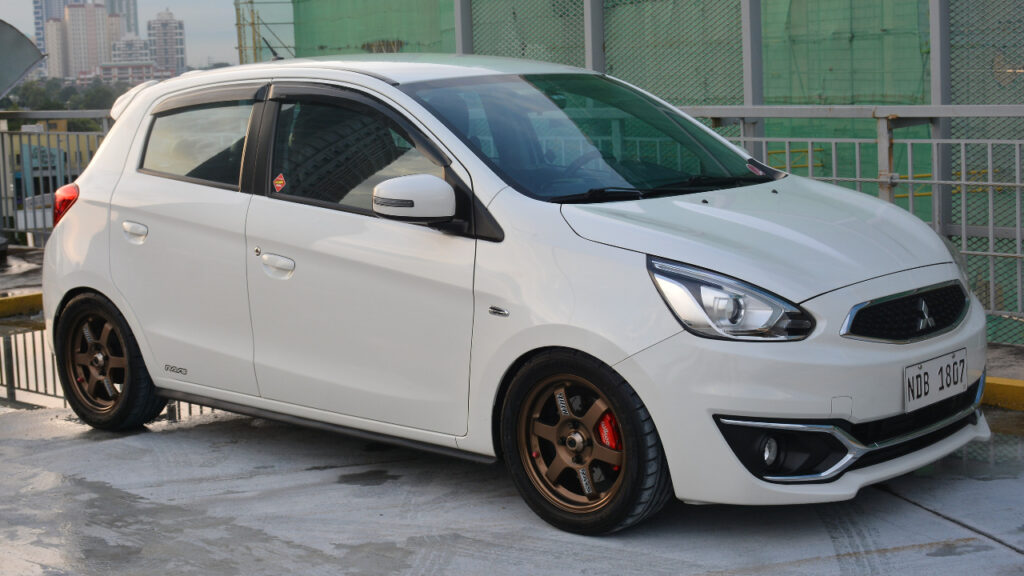
The Mirage has long been the “it’s cheap, but…” option. While it technically offers four wheels and a warranty, the 1.2L 3-cylinder engine puts out just 78 horsepower, and it’s mated to a sluggish CVT. That combo makes freeway merging a calculated risk.
Even fuel economy—its one bragging point—isn’t enough to make up for the hollow interior, lack of tech, and underwhelming build quality. Dealers often can’t give these away without massive discounts. Most buyers walk past it to the used section and never look back.
Fiat 500L
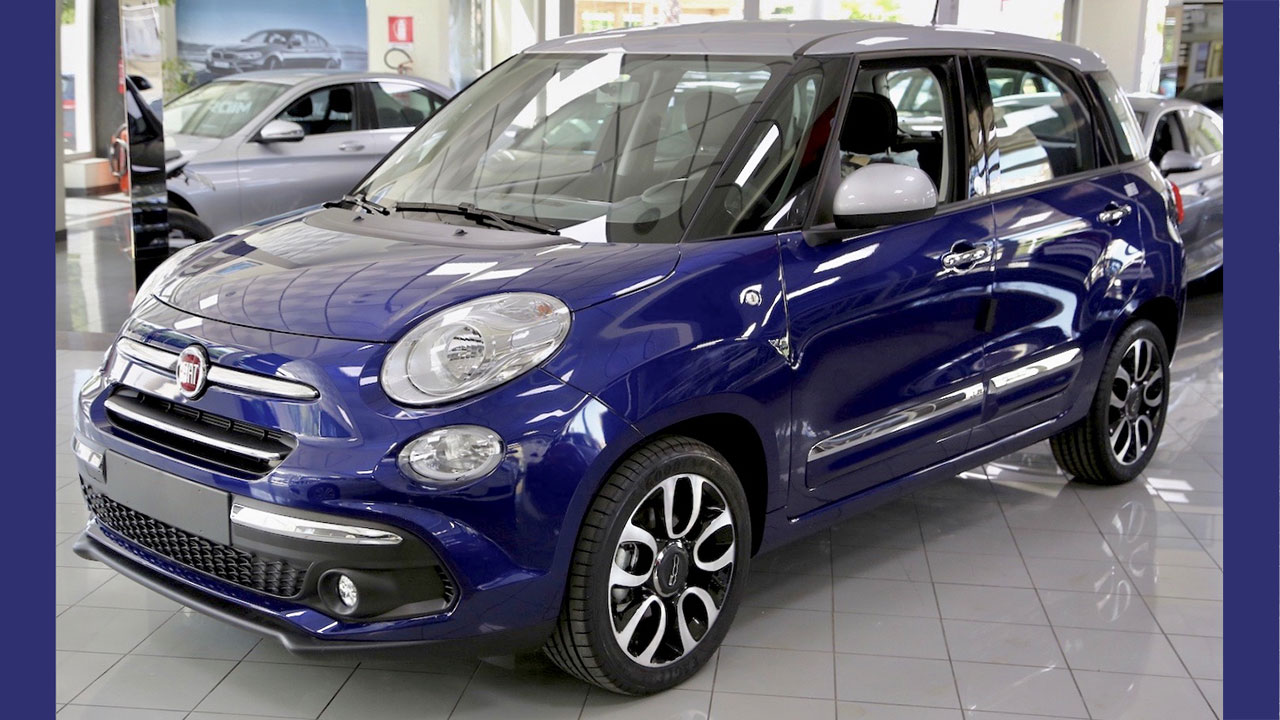
The Fiat 500L was supposed to be a quirky alternative to compact crossovers. Instead, it became a regular on the “please take it” list. Despite having more room than the standard 500, its odd proportions and sluggish 160-hp 1.4L turbo didn’t do it any favors.
Owners complain about poor reliability, clunky handling, and a dated infotainment system. The visibility is great—if you’re looking for the nearest exit from the dealership. It’s been discontinued, but the few leftover units seem permanently glued to showroom floors.
Dodge Journey
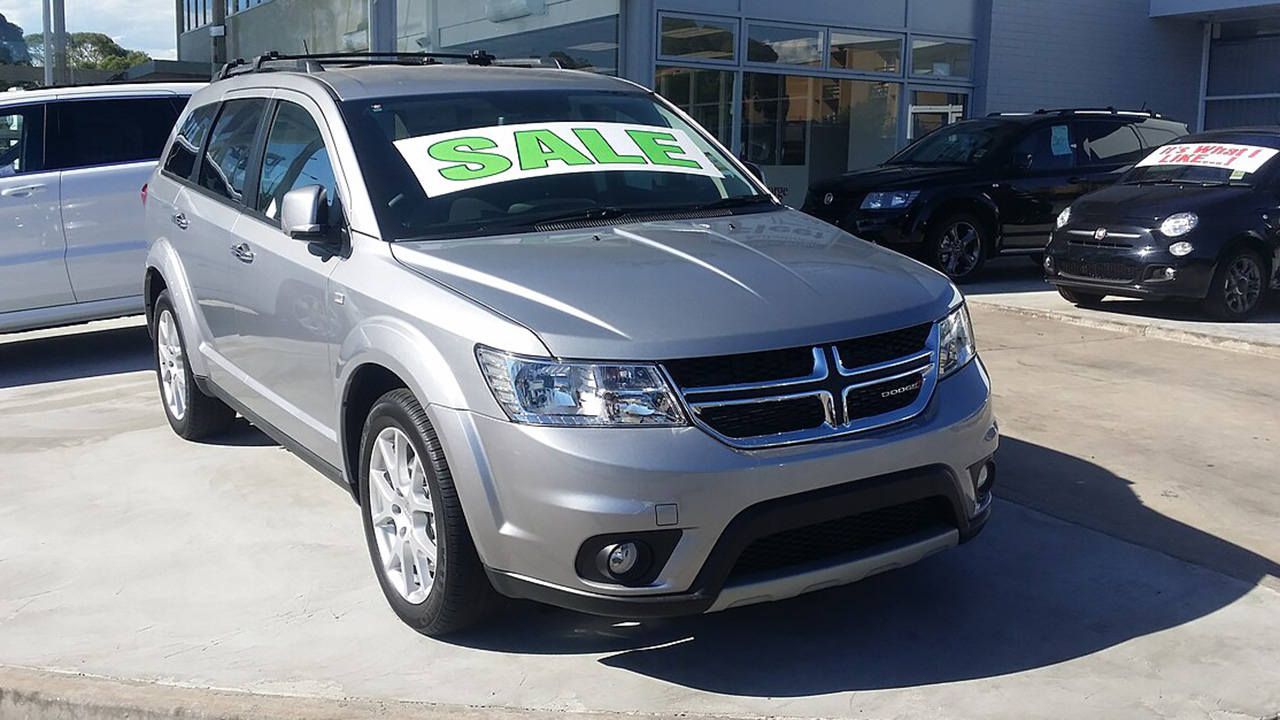
The Dodge Journey clung to life far longer than it should have. When new, it looked like something from 2011—because it was. Base models got a 173-hp 2.4L engine and a four-speed automatic, which felt out of place even in its final years.
Inside, it offered lots of space but little refinement. With outdated tech, poor crash ratings, and abysmal resale value, it was a tough sell. Dealerships kept them parked up front with hope and incentives, but most buyers steered toward literally anything else.
Nissan Sentra (Pre-2020)
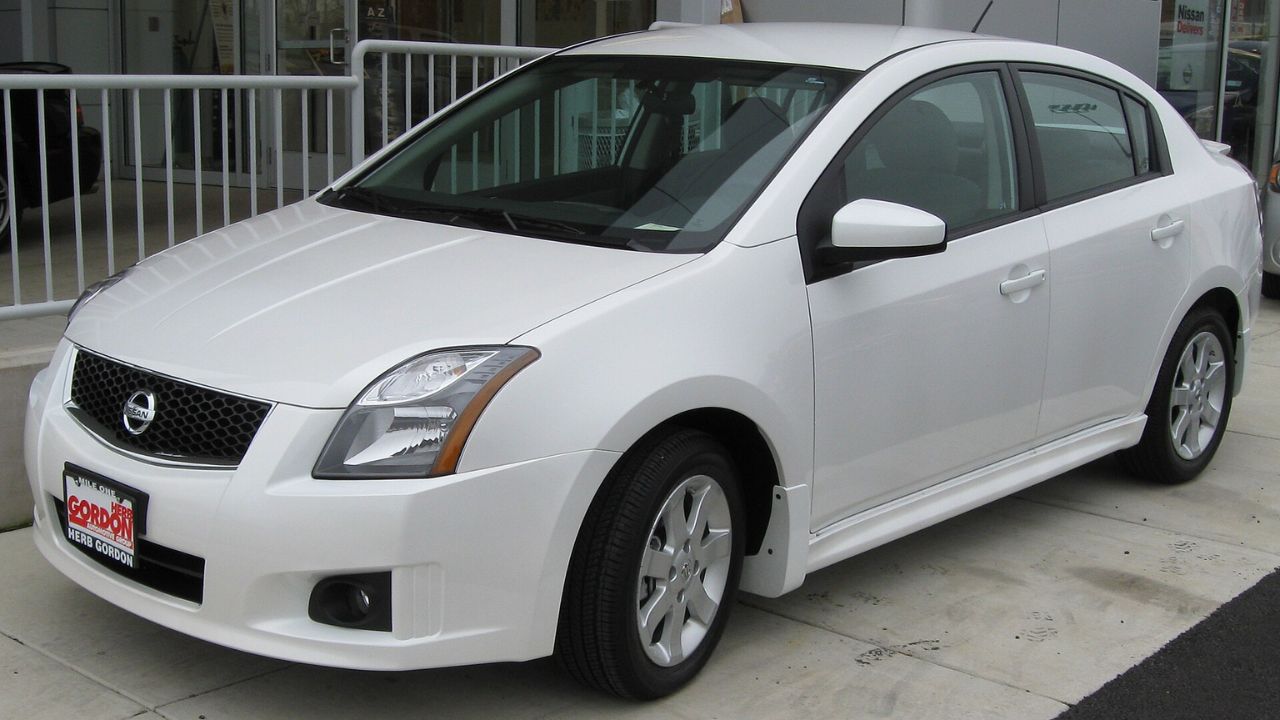
Before its 2020 redesign, the Sentra was more of a rental agency favorite than a shopper’s first choice. The 1.8L engine barely made 130 hp, and the CVT was programmed to remove all signs of enthusiasm. It handled like a wet sponge.
The interior was plasticky, noisy, and offered tech years behind the competition. Even when brand new, it felt outdated. Fleet buyers kept it alive, but on dealership lots, Sentras sat in the shadows of Civics and Corollas without much attention.
Chrysler 200
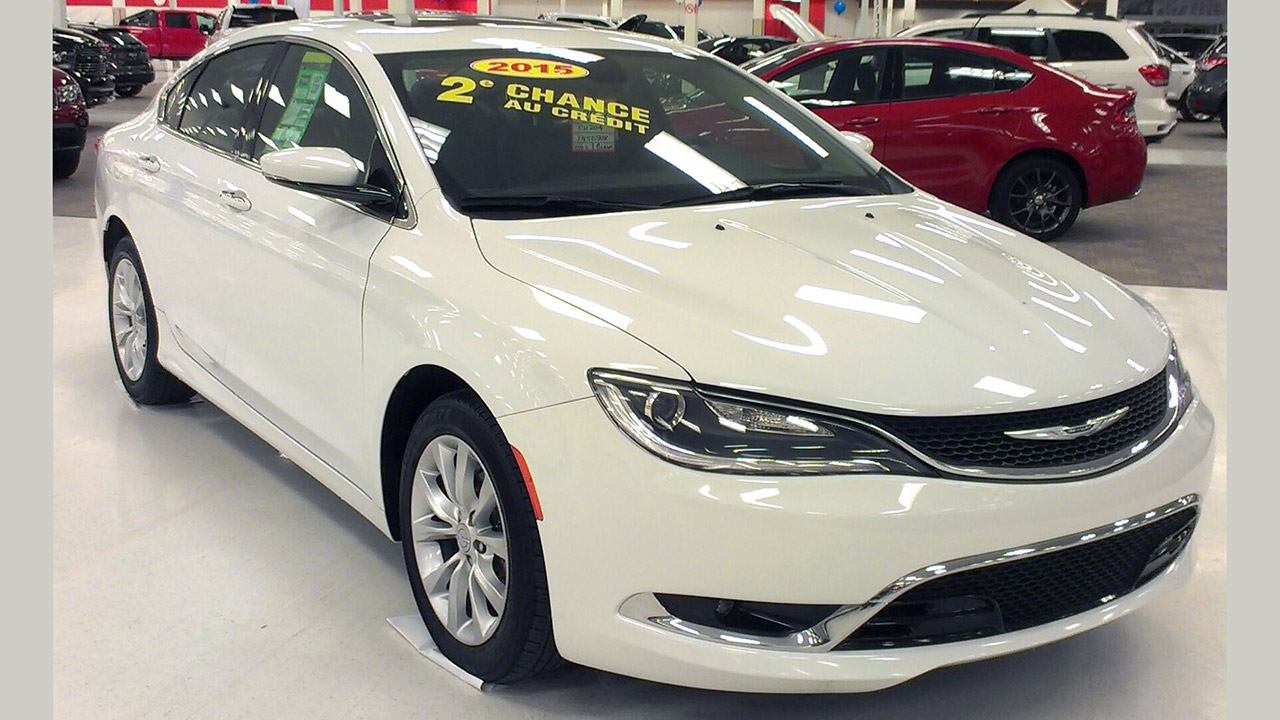
On paper, the Chrysler 200 had potential. The available 295-hp V6 sounded promising, and the sleek exterior had curb appeal. But once you got inside, the cramped rear seats, confusing transmission dial, and underbaked suspension turned buyers away fast.
The 9-speed automatic transmission was unpredictable at best. Reliability was spotty, and resale was dismal. It was meant to compete with the Camry and Accord, but most ended up collecting dust or going straight to fleet sales.
Chevrolet Spark
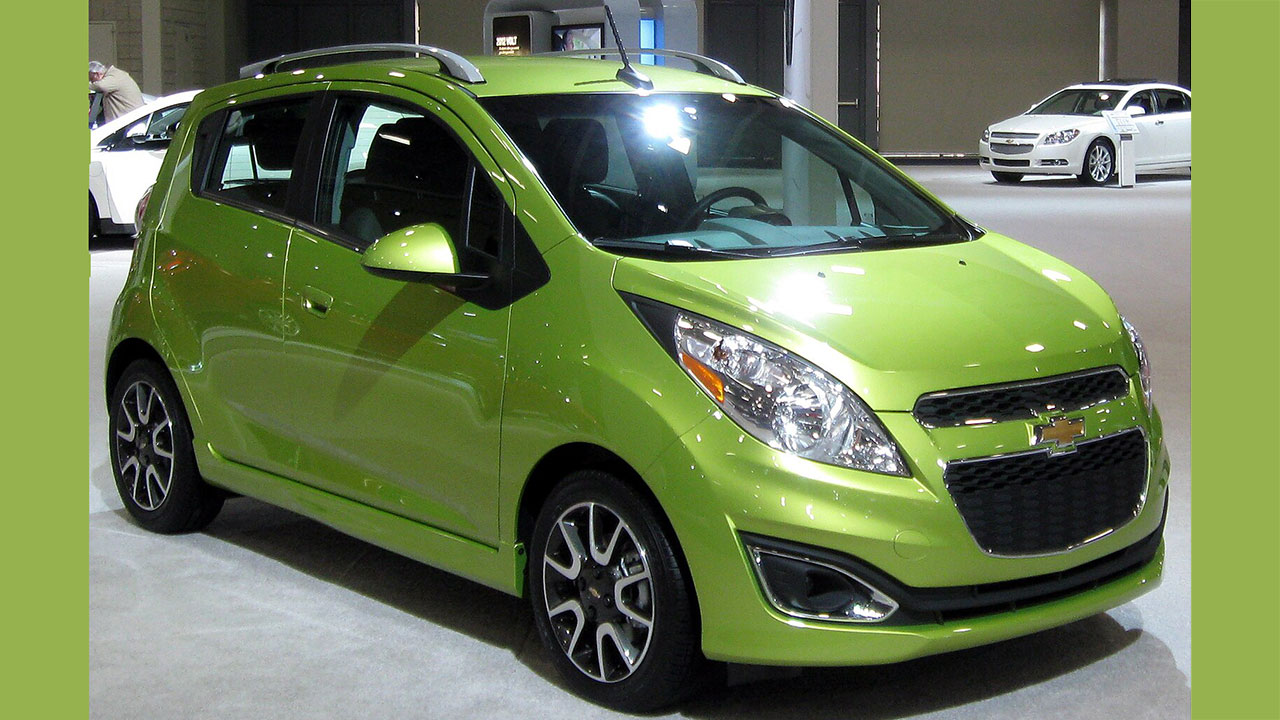
The Spark was designed for budget-minded buyers, but even they weren’t impressed. With an 89-hp 1.4L engine and a CVT that felt more like a rubber band than a transmission, it made city driving tolerable—but nothing more.
The interior felt like an afterthought, with hard plastics and minimal sound insulation. While tech like Apple CarPlay helped a little, most buyers still gravitated toward used cars with more power, comfort, and style. On dealer lots, the Spark is often the last one left.
Toyota Yaris iA
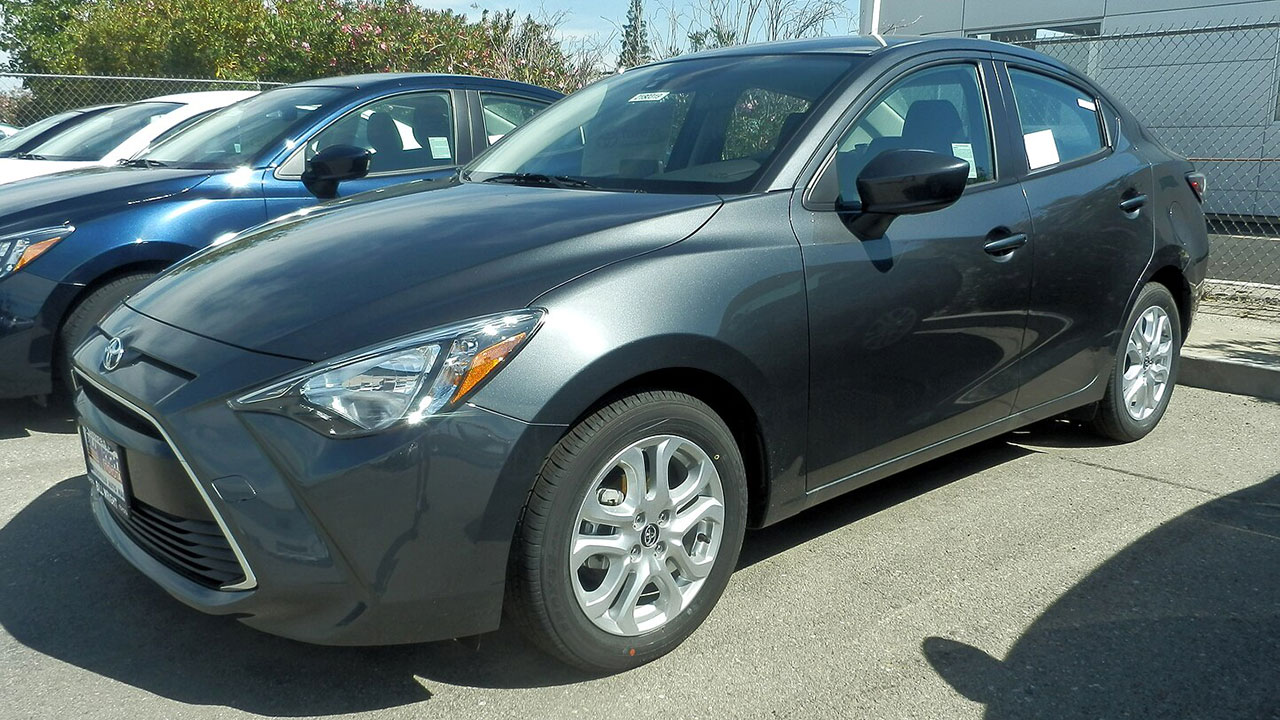
Originally the Scion iA before Toyota absorbed it, the Yaris iA was built by Mazda and actually drove well. The problem? Nobody knew what it was. With awkward branding and bland styling, it was hard to get buyers excited.
Its 106-hp engine wasn’t thrilling, but it handled better than expected. Still, most shoppers passed it by in favor of the Corolla or Prius. For a car that had some real potential, it quietly faded into showroom limbo.
Buick Cascada

The Cascada was GM’s attempt to lure buyers into an affordable convertible. Built by Opel and shipped to the U.S. under the Buick name, it never found its audience. It looked nice enough but lacked the performance to match.
The 200-hp turbocharged four-cylinder felt sluggish in a car this heavy. The infotainment system was a generation behind, and trunk space was tight even for a drop-top. Buick discontinued it quietly, but leftovers continued to sit—roof up, waiting for a second chance.
Like Fast Lane Only’s content? Be sure to follow us.
Here’s more from us:
*Created with AI assistance and editor review.

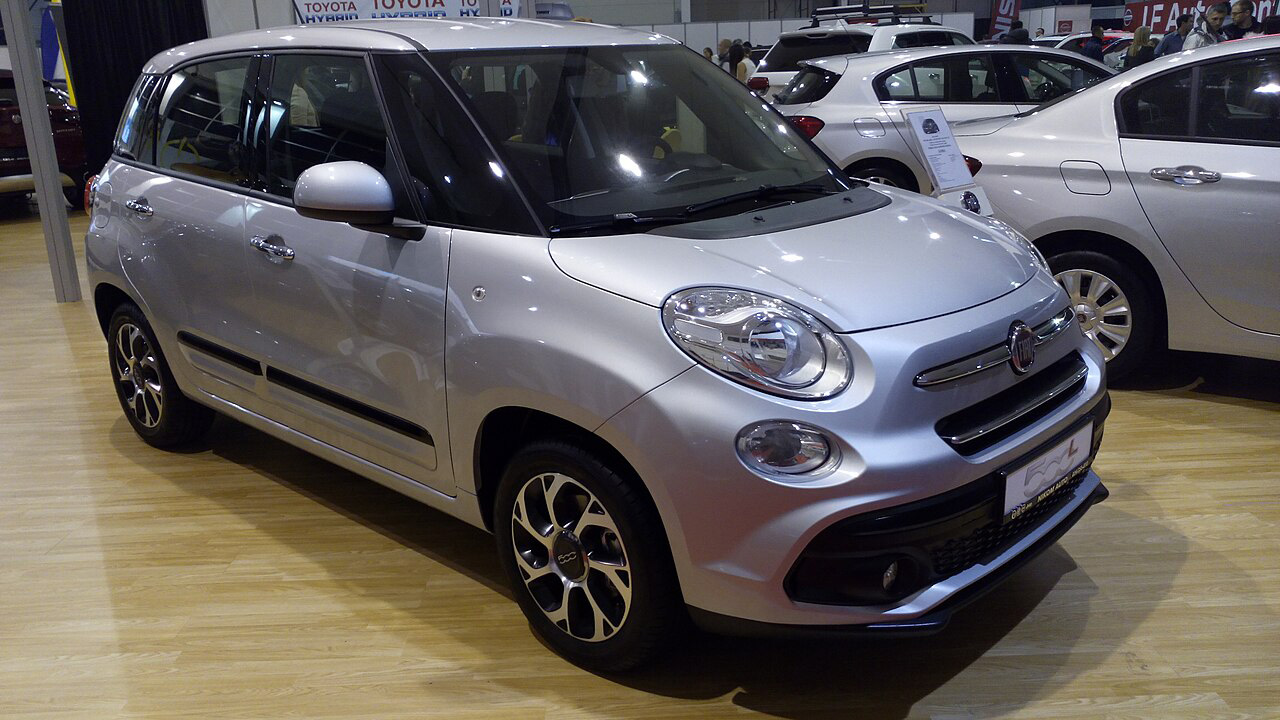
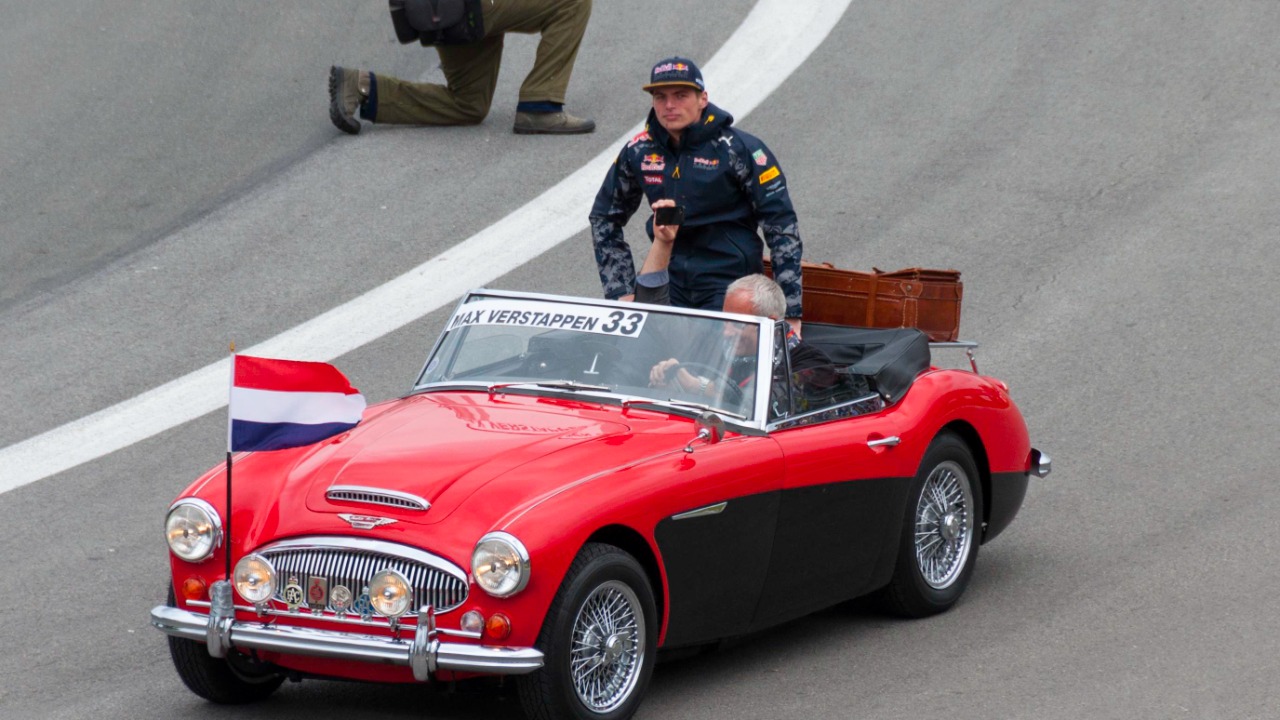

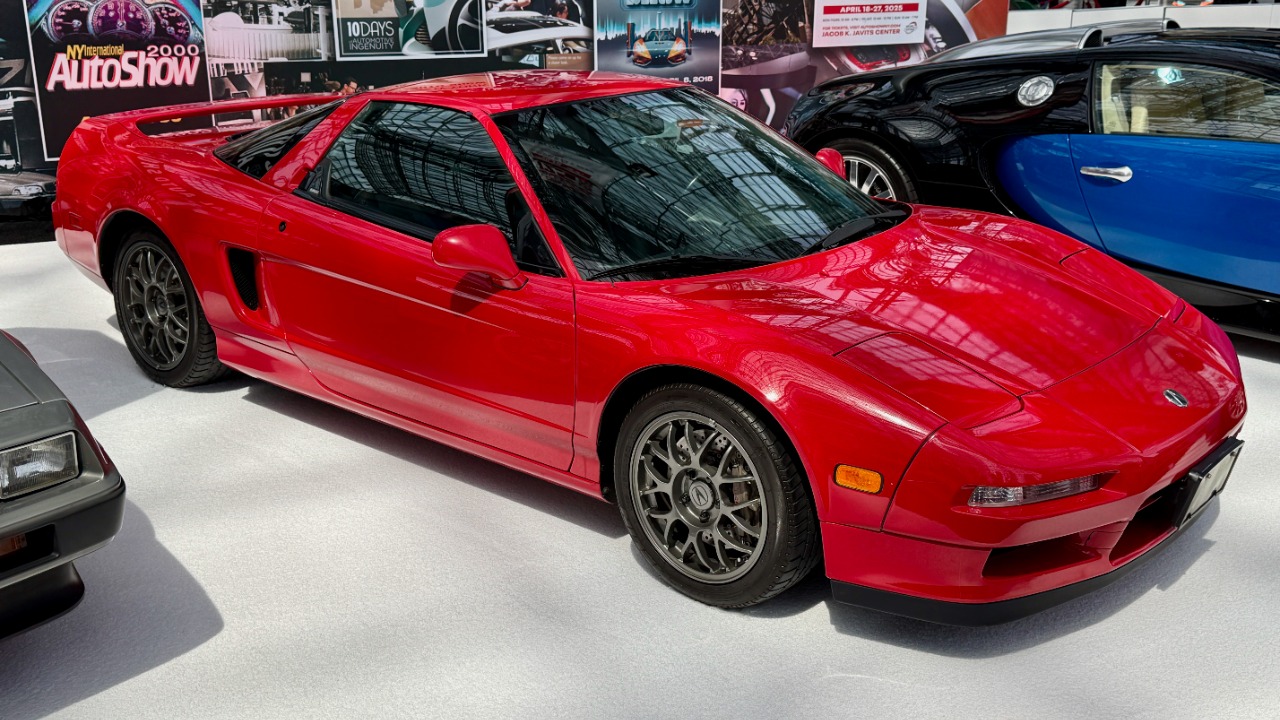
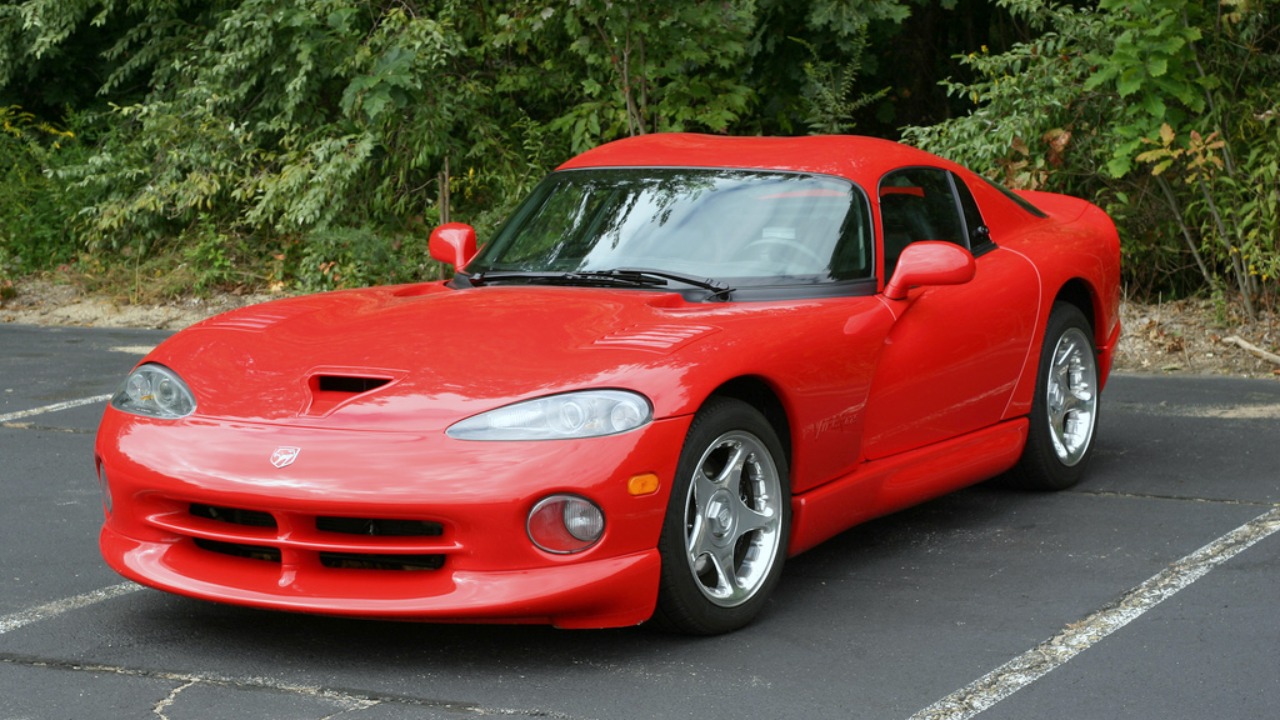

Leave a Reply